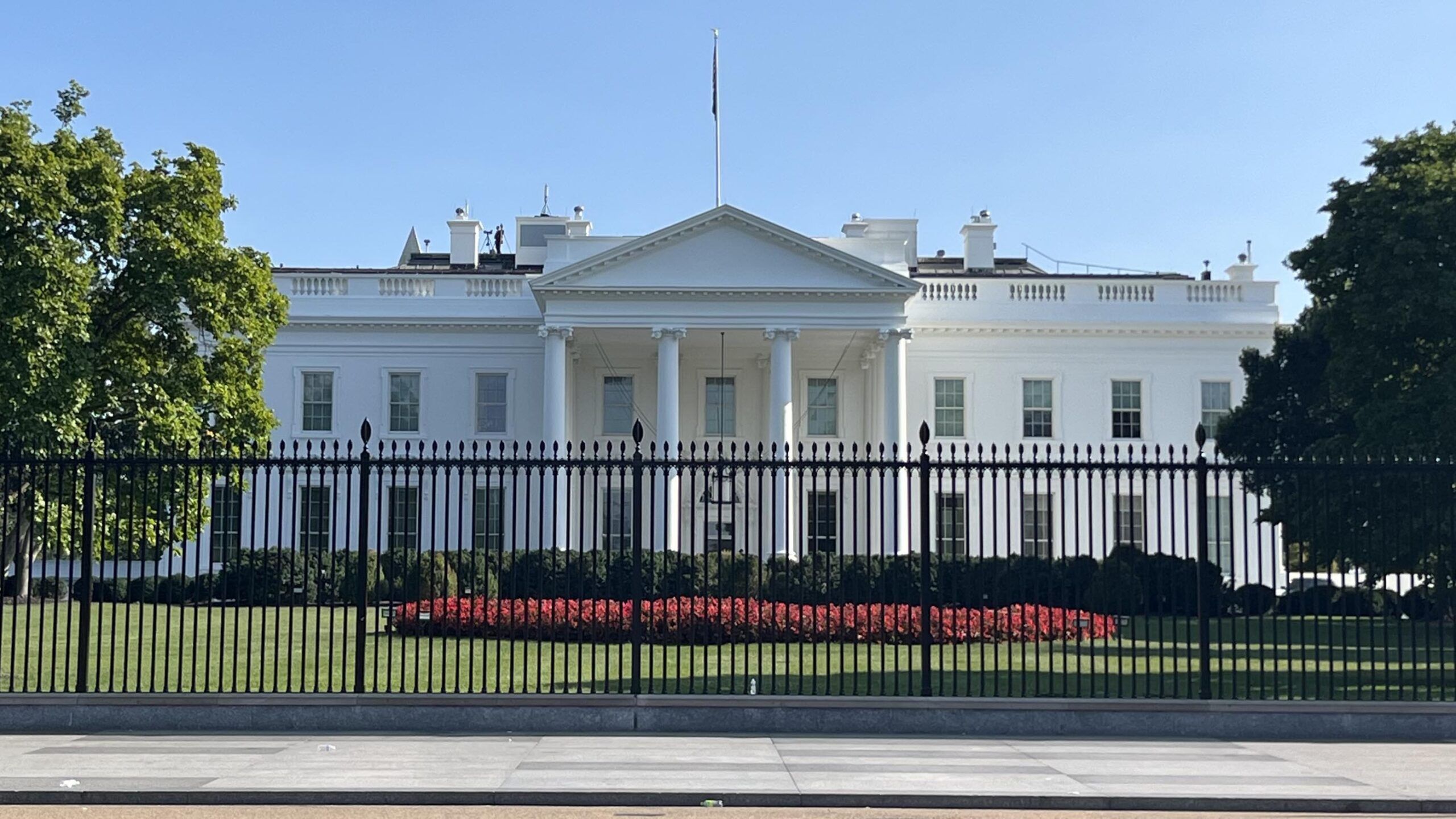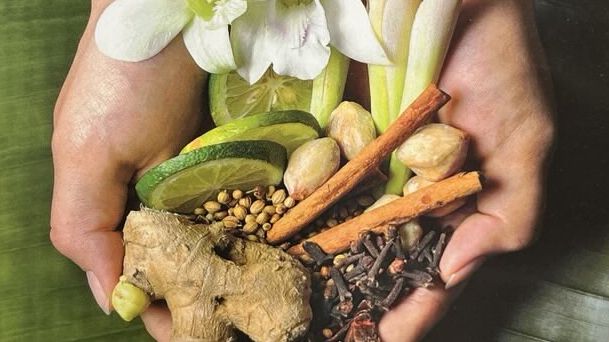Microdosing has gained significant popularity in the cannabis world as a method of consumption aimed at achieving subtle effects without overwhelming psychoactivity. Whether for medicinal or recreational purposes, microdosing provides a controlled and manageable way to experience cannabis benefits, especially for new consumers seeking to explore its potential without overindulging.
What Is Microdosing?
Microdosing involves consuming very small amounts of cannabis—usually between 1 to 5 milligrams of THC or CBD—to achieve therapeutic or recreational effects. The idea is to find the “minimum effective dose,” providing the desired benefits while minimizing side effects like euphoria, sedation, or anxiety. This approach contrasts with traditional consumption methods, which often involve higher doses aimed at producing a more pronounced high.
Medicinal and Recreational Purposes
Microdosing appeals to both medicinal and recreational cannabis users, offering unique advantages for each group:
Medicinal Use
For medical cannabis patients, microdosing provides a way to manage symptoms like chronic pain, anxiety, inflammation, or insomnia without experiencing intense psychoactive effects. Conditions that often benefit from microdosing include:
- Chronic Pain: Small doses can alleviate discomfort while allowing patients to remain functional and alert.
- Anxiety Disorders: Microdosing may offer calming effects without triggering paranoia or cognitive impairment.
- Insomnia: A small dose of THC or CBD can promote relaxation and better sleep without causing grogginess the next day.
Recreational Use
Recreational users often turn to microdosing as a way to enhance mood, creativity, or social interactions without becoming excessively intoxicated. It’s a great option for those who want to enjoy cannabis in a more controlled, everyday manner.
Benefits for New Consumers
For newcomers to cannabis, microdosing provides a gentle introduction, helping them avoid the potential pitfalls of overconsumption. Here’s how it benefits new consumers:
- Controlled Experience: Microdosing minimizes the risk of feeling overwhelmed by psychoactive effects, such as paranoia or disorientation.
- Customization: New users can gradually adjust their dosage to find the amount that works best for them, gaining confidence in their cannabis journey.
- Increased Functionality: Microdosing allows individuals to incorporate cannabis into their daily routine without significant disruption to focus or energy levels.
- Reduced Tolerance Build-Up: Consuming smaller amounts reduces the likelihood of developing a tolerance, ensuring sustained effectiveness over time.
How to Microdose Cannabis
Microdosing can be done using various cannabis products, each offering different levels of precision:
- Edibles: Low-dose gummies, chocolates, or capsules often list the exact amount of THC and CBD, making them ideal for beginners.
- Tinctures: These liquid extracts allow users to measure precise doses with a dropper, offering flexibility in consumption.
- Vaping or Smoking: While less precise, taking just one small inhalation of a low-THC strain can also qualify as microdosing.
- Topicals: Some people microdose by applying cannabis-infused balms or creams to localized areas for pain relief.
Under Control
Microdosing is an effective and approachable method for consuming cannabis, especially for those seeking mild, balanced effects. It bridges the gap between medicinal and recreational use, allowing patients and casual users to enjoy the benefits of cannabis without the risk of overconsumption.
For new consumers, microdosing offers a controlled entry point into the world of cannabis, enabling them to explore its potential in a safe and personalized way. Whether for managing symptoms or enhancing daily life, microdosing provides a versatile and user-friendly option for anyone curious about cannabis.






